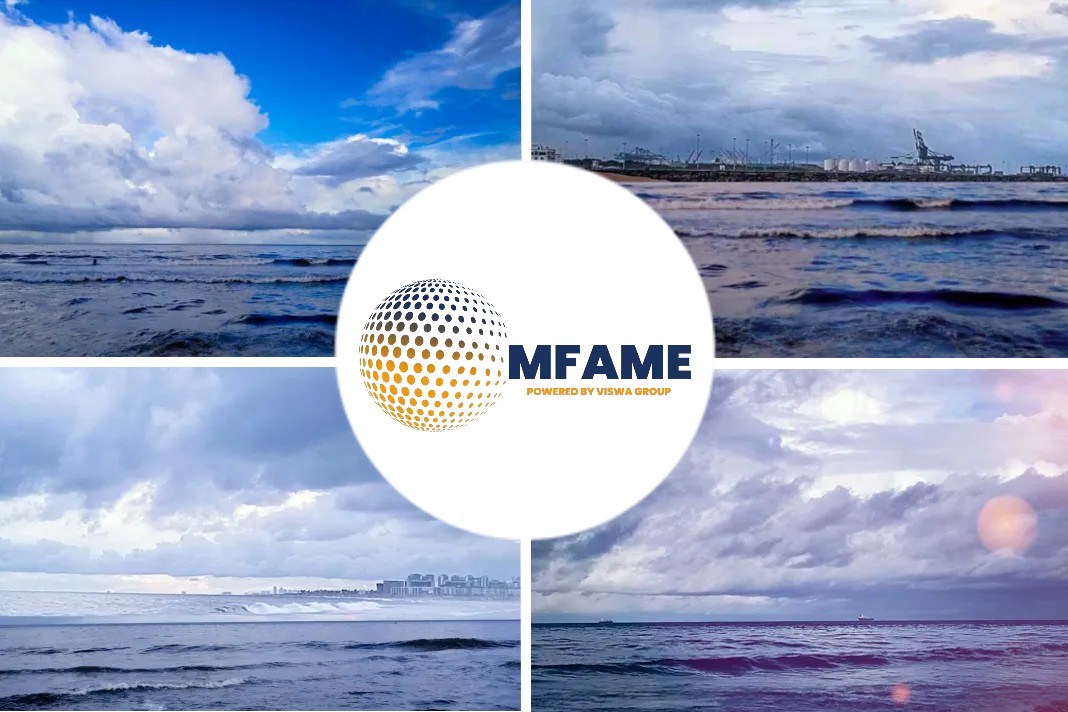- VTT and partners assess bio- and waste-based oils suitable for power plants and ships.
- The aim is to determine the most ecologically and economically sustainable way to replace fossil fuels.
- Also aims to support the objective of the International Maritime Organization (IMO) to halve greenhouse gas emissions from marine traffic by 2050.
- The use of bio-oils is still limited due to cost and availability reasons and this project is expected to address these factors.
VTT Technical Research Centre of Finland and partners are exploring with an aim to determine the most ecologically and economically sustainable ways for fossil fuels’ replacement, says a press release published on their website.
Replacement for fossil fuels
In a three-year Business Finland BioFlex project, VTT along with collaborators are exploring how suitable fuel oils made from biomass and waste plastics are for power plants and ship diesel engines.
The aim is to determine the most ecologically and economically sustainable way to replace fossil fuels.
Internal-combustion engine power plants
VTT informed that power plants which use fuels will continue to be part of energy systems, although there are differences in their flexibility.
VTT noted that conventional coal or biomass-fired steam boilers are not capable of load changes that are as fast as those of natural gas-fired gas turbine power plants or the most flexible power plants of them all: internal-combustion engine power plants.
It is known that internal-combustion engine power plants use natural gas or heavy fuel oil in diesel engines. In order for large diesel engines to be eco-friendly on land and at sea, it is of vital importance to find bio and waste based alternative fossil fuels.
What is the method adopted?
Senior Principal Scientist Anja Oasmaa from VTT said their goal is to find the most ecologically and economically sustainable way to replace fossil heavy fuel oil in ship and power plant diesel engines.
- Different methods of industrially producing fuel oils from, waste plastics or biomass, such as harvest residues from forestry and agriculture are compared.
- Experiments are conducted to examine the suitability of the oils for applications.
IMO’s GHG emissions
Apart from seeking a sustainable solution for the production of load-following capacity, the BioFlex project also aims to support the objective of the International Maritime Organization (IMO) to halve greenhouse gas emissions from marine traffic by 2050.
Aiming at a low-emission fuel oil
Bio- or waste-based fuel oil
In theory, bio- or waste-based fuel oil could be identical to fossil fuel oil in chemical composition.
In practice, however, the objective is a similar oil that does not require significant modifications to diesel engines when used.
It is also essential that the oil keeps well in storage, mixes with fossil oils and keeps sulphur, nitrogen and particulate emissions low.
Use of bio-oils
CTO Ilkka Rytkölä from Auramarine, a supplier of fuel injection systems said due to the cost and availability reasons, the use of bio-oils is still limited and this project is expected to address these factors.
It is very important that the subject is researched together to identify all potential challenges throughout the
- manufacturing,
- distribution and
- consumption chain.
“Every effort must be made to reduce greenhouse gas emissions, and bio-oils will play a significant role in this battle going forward.”
Budget for the project
The BioFlex project has a budget of EUR 1.6 million and is co-financed by, along with Business Finland and VTT, the participating companies:
- fuel oil producers,
- users and
- equipment manufacturers.
The companies involved include:
- Auramarine,
- Fortum,
- Neste,
- Pohjanmaan Hyötyjätekuljetus,
- Polartek,
- St1,
- Valmet and
- Wärtsilä.
VTT’s expertise adopted
VTT brings to the project its expertise in:
- sustainable development,
- analytics,
- diesel engine emission measurement, and
- thermal conversion methods used in the liquefaction of biomass and waste plastics.
These include pyrolysis and HTL, or hydrothermal liquefaction, among others. The aim is also to utilise the expert networks of the International Energy Agency (IEA).
Did you subscribe to our daily newsletter?
It’s Free! Click here to Subscribe!
Source: VTT

















